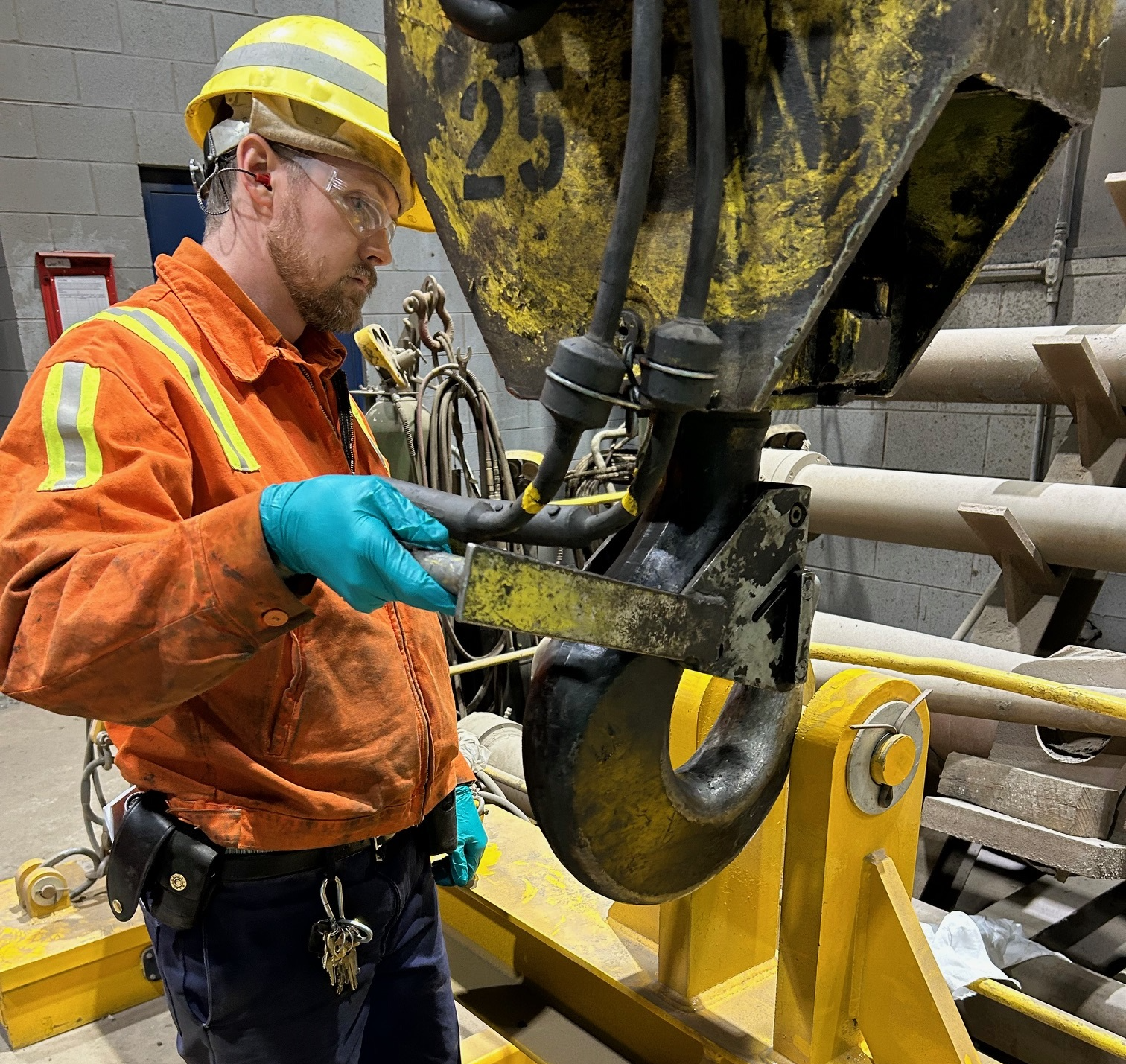
Understanding the function of different lifting hooks is essential in ensuring the proper and safe operation of materials during handling operations. Lifting hooks come in many shapes, sizes, and applications to suit your needs – but it can be challenging to figure out which one is right for the job.
Lifting hooks may be diverse in their applications, but they are unified in their essential role in safely moving heavy loads. In this blog post, we will discuss the different types of lifting hooks, how they work, and the jobs they are best suited to.
The Role of a Lifting Hook
A lifting hook is the connection between a load and a crane. Once a load is attached to a lifting hook, the hoist mechanism of an overhead crane raises and lowers it. Lifting hooks use a safety latch or latch bolt lock that prevents loads from accidentally falling off. The hook's design ensures the load remains stable during lifting and movement. Lift operators must ensure they use the appropriate hook for their load.
Lifting Hook Types
Clevis Hooks
This type of hook is made of steel and has a U-shaped opening that allows for easy attachment to a chain or wire rope. Clevis hooks are ideal for heavy-duty lifting, as they can sustain a lot of weight. They are often used in construction, manufacturing, and transportation.
Grab Hooks
Grab hooks are similar to clevis hooks but have a slightly different shape. They have a smaller opening and are designed to grab onto a chain link. This hook helps secure cargo and is often used in flatbed trucking and cargo ships.
Chain Hooks
Chain hooks are hooks that are specifically designed for use with chain slings. They can be used to lift various loads, from heavy machinery to cargo containers. Chain hooks come in a range of sizes and shapes.
Rigging Hooks
Rigging hooks are heavy-duty hooks that are used in large-scale projects, such as building construction or bridge building. They are designed to withstand the extreme weight and pressure of these tasks.
C-Hook
A C-hook is named after its shape, which resembles the letter C. It's used to carry coils of steel and other rolled materials. C-hooks have a narrow profile, allowing them to fit in tight spaces and narrow aisles.
Ramshorn Hook
A ramshorn hook, also known as a crane hook, has two "legs" extending from the top of the hook. They are used for lifting loads that must be balanced evenly on both hooks. Ramshorn hooks are frequently used in the construction and mining industries.
Claw Hook
A claw hook is a versatile hook with a straight section followed by a gently curved claw. They are used in various applications, from carrying drums and barrels to lifting loads with grabber tongs.
Swivel Hooks
Swivel hooks allow for easy hook rotation while a load is lifted. This feature can be helpful in making sure the load remains level during transportation. Swivel hooks are often used in manufacturing and transportation.
Understanding different lifting hook types is vital for choosing the right tool. Depending on the weight and shape of the load you are moving, each hook has a different purpose and level of strength. By using the appropriate hook, you can guarantee the safety of the workers involved and the protection of the load being lifted. Whether you are working on a construction site or transporting cargo, choosing the right lifting hook can make all the difference in getting the job done efficiently and safely. Get in touch with the professionals at T&M Cranes for help with your hooks and crane services.